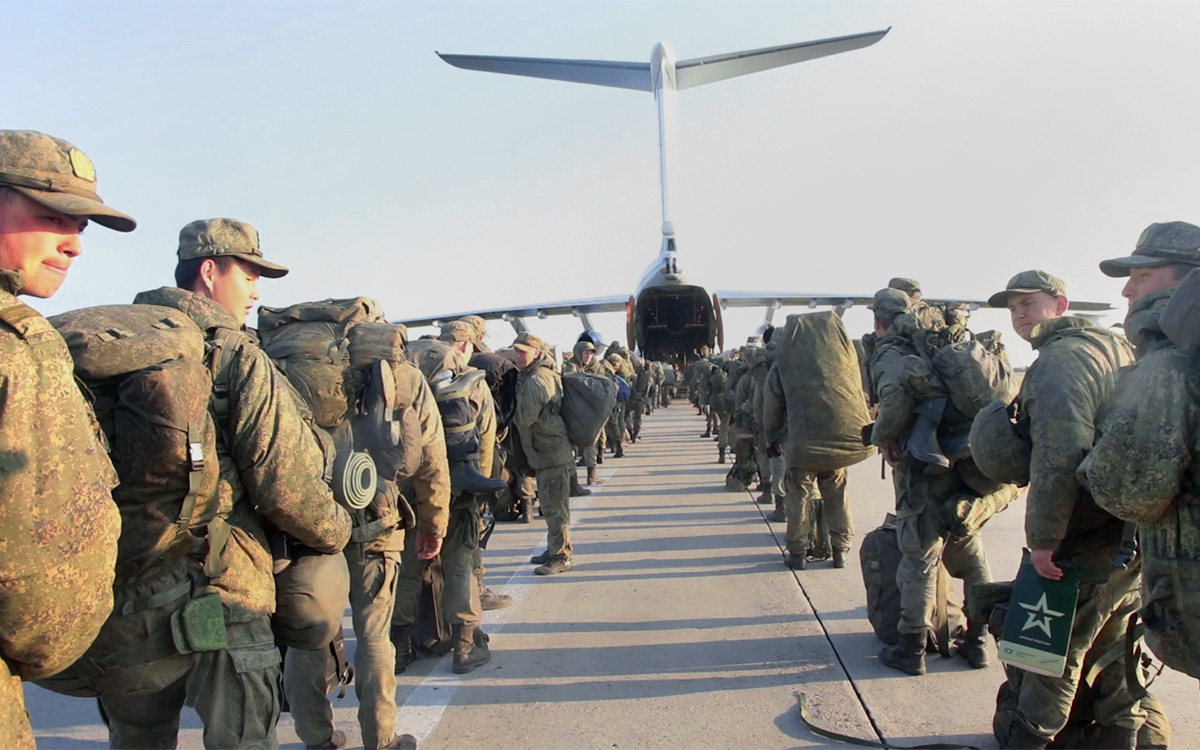In the course of the last two weeks, American and Ukrainian officials have been reporting on the buildup of the Russian troops around Ukraine's northern and eastern borders and in Russian-occupied parts of Ukraine.
Conflict Intelligence Team (CIT), a group of Russian online sleuths, has analyzed available online data on military personnel and materiel transfers in Russia and concluded that the concentration of Russian troops around Ukraine is "roughly on par" with that of this year's April when the previous crisis of this kind took place.
However, if Russia would keep its current troop transfer pace until January, Russia would amass significantly more troops near Ukraine's borders and in Crimea than in April, the researchers concluded.
"to rehash what it undertook back in 2014, when it amassed forces along the border, crossed into sovereign Ukrainian territory and did so claiming falsely that it was provoked."Later that day, Ukrainian President Volodymyr Zelenskyy wrote on Facebook,
"Our Western partners have provided data on the active movement of Russian troops along the Ukrainian border and the increase in their concentration."A week later, the head of Ukraine’s defense intelligence agency, Brig. Gen. Kyrylo Budanov told Military Times that Russia had over 92,000 troops amassed around Ukraine’s borders and was preparing for an attack by late January or early February.

- Read also: Putin may have pulled back from Ukraine border but he did not back down, experts warn (April 2021)

Further, CIT concurs with Ukrainian Intelligence's assessment on the possible combat readiness of the Russian troops for conducting an operation in the government-controlled territory of Ukraine "at the least no earlier than the beginning of next year.""As far as we can infer from the frequency of videos and from satellite data, the troop transfer is going relatively slower than during the previous crisis. However, if this pace continues to January, and also if the 41st Army personnel is transferred to Yelnya to its vehicles (for example, by air), then the total number of Russian troops near the border and in Crimea would be significantly higher than the April figures," the CIT report reads.
Further reading:
- Donbas “republics” urge Moscow to openly send mercenaries to Ukraine’s east: Ukrainian MoD
- Echoes of Nagorny Karabakh. Why Germany is worried about Ukraine’s drones in the Donbas war
- Four lessons learned from Russia's Ukraine buildup (April 2021)
- Transfer of Russian military units towards Ukraine’s border to be finished by end of April, – Ukrainian Intel





